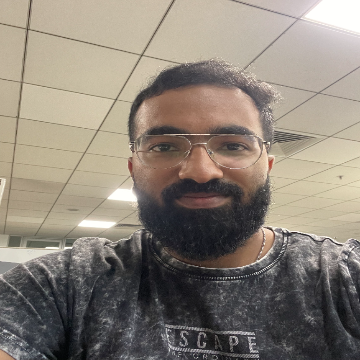Employees throughout the world have seen tremendous change in the way business gets done, even more so with the events of the last few months. The business models of the future are transforming and so should the technology employees use. The variety of devices, software systems, digital services, and communications platforms have given us countless choices of powerful tools that can help employees and organizations alike.
However, being constantly presented with options, information and interruptions can overload and distract employees. Technology can get in the way of what really matters: employees and the work we do.
Citrix Workspace manages this complexity, bringing together all the resources an employee needs to be productive into one place. It securely delivers them with a consistent, familiar, and integrated user experience across a range of devices.
Taming complexity is only part of the story. Yes, how we work is important. But how we feel about work and how employers support employees and enable them do their best work matter, too.
With Citrix Workspace as the place where employees go to get work done, it makes sense that it should also be how a digital well-being experience is delivered to employees — right at the heart of their working life.
Well-being in a digital workspace can take many forms, including:
- Providing the user with tools and techniques to help them prioritize, focus and reduce distractions
- Reminding them to take breaks to help manage stress and to recharge
- Helping recognize progress and achievement
- Better connecting them with their organization, colleagues and leadership
As an employee I want to feel a sense of achievement and purpose, attain job satisfaction, and avoid becoming stressed and overloaded. Happy, satisfied, engaged employees are also productive employees. One study showed shows that happy employees are 20 percent more productive — and are more likely to stick with their current employer. It’s simply good business to support employees in their well-being (the holistic experience of both good health and happiness in the workplace) efforts, and within that, their digital wellness (the pursuit of an intentional and healthy relationship with technology in the workplace and in personal life).
The increase in remote working in recent months and the lack of delineation between work and personal life have also created challenges for employee well-being. Research has shown that many employees and employers are seeing increased productivity, but often at the cost of increased stress and the risk of burnout, with the length of the average workday increasing by two to three hours. Employees working remotely with good physical and mental well-being are also more productive, and there is a clear link between mental well-being and being able to balance competing demands. With so many employees embracing a flexible workstyle to meet the new normal, the need to support well-being in a way that is part of their day-to-day, hour-by-hour work is clear.
Tools are there to support well-being. However many organizations have said adoption is challenging, with standalone tools being perceived as yet another app to learn to use or that just creates more noise. Integrating well-being support into employees’ existing tools and workflows solves this problem.
Citrix Workspace provides the ideal platform to enable partners with expertise in enhancing employee well-being to engage with employees. For example: microapps are a great mechanism to deliver tailored, customized tools to individual employees. The activity feed enables content related to well-being such as reminders to take a break to be delivered alongside other content. This makes well-being a first-class part of the experience and shows employees that their leaders are placing as much importance on their well-being as they are on task completion.
Looking to the future, we see AI playing a significant role in providing employees with highly personalized support for their well-being, mental health and productivity. Additionally, research shows that the majority of business leaders expect that by 2035, AI-driven automation of mundane tasks will increase employee engagement by allowing them to focus on more meaningful work, benefiting their mental health.
Citrix’s vision is that well-being is a factor in every aspect of the digital workspace experience, from the way the activity feed is prioritized and filtered, to the recommendations that are made to the user, giving employees the tools and support they need to do well and to be well.
Watch our Citrix Workspace well-being demo below, and check out Tim Minahan, Citrix’s Executive Vice President, Business Strategy and CMO, and me talking about well-being and Citrix Workspace on our Citrix Workspace Summit page.



